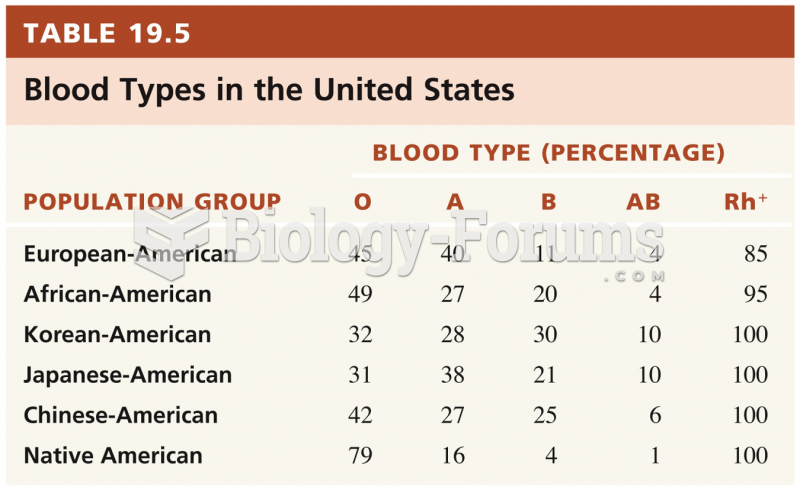Answer to Question 1 Contagious diseases
Fungal diseases
Noncontagious diseases
Internal parasites
External parasites
Poisonings
Answer to Question 2The amount of time spent on grooming depends on the type of hair coat; daily brushing is recommended to
remove dead hair and distribute the skin's oils. Brushing down to the skin will help remove flakes of dead skin
and dandruff.
Long-haired dogs, in addition to regular grooming and brushing, need to be checked for mats of hair,
which commonly occur behind the ears and under the legs. These masses of hair can usually be teased out
with a comb but occasionally need to be cut out. Care should be taken when cutting out mats so that one does
not cut the skin. Long-haired dogs also have problems with burrs from plants. When cutting the hair, one
should slide the comb down under the mat of burr and cut the hair on the outside of the comb. This method
will be less likely to cause injury to the dog.
The terriers and wire-haired breeds need their coats plucked to remove dead hair. Plucking is
accomplished by using a stripping knife, grasping a section of hair between knife and thumb, and pulling the
knife away with a twisting motion. This will remove dead hair and trim live hair.
Dogs should be bathed only when they become extremely dirty; frequent bathing will remove natural
oils and cause the coat to become dry and harsh. When bathing becomes necessary, a pH-balanced shampoo
especially developed for dogs should be used. Detergent soaps should never be used because some dogs may
have skin reactions to them. Many of the shampoos for pets are medicated and help prevent external parasites.
When washing, one must be careful not to get shampoo in the dog's eyes. After bathing, it is important that
the dog not become chilled. One should be careful of the temperature if bathing outside; if bathing inside, one
should make sure the dog is completely dry before letting it outside.
The dog's nails will need to be trimmed occasionally. How often depends on the surface on which the dog
is kept. Outside dogs usually will wear their nails down naturally on the soil surface; inside dogs need to be
checked more often. Nails can be clipped at home, using clippers obtained from a veterinarian or pet shop.
Clippers should be sharp so that they cut the nail and do not crush it; crushing the nail may cause pain
to the nail bed. One must be extremely careful not to cut into the nail bed because this will cause bleeding
and pain. With clear or white nails, the nail bed can easily be seen. Extreme caution needs to be taken when
clipping black nails. Bleeding can be stopped using a styptic powder. One should check the dew claws on the
inside of the leg; these will not wear down and many times are overlooked.
Sharp, pointed scissors should never be used to trim nails because the dog may be injured if it should
happen to move suddenly.
During routine grooming, one should check the ears; a dog's ears will need to be cleaned about once a
month. A cotton swab or soft cloth soaked in mineral oil, hydrogen peroxide, or alcohol can be used. Only the
part of the ear that can be seen should be cleaned. Never poke any sharp or hard object into the ear; a quick
head movement could cause serious injury. Spaniels and other dogs with long hair need to be checked for
mats and burrs that may block air movement and cause infections.
Irritating substances can be removed from the eyes with contact lens solutions or other eyewash solutions.
Dogs with large, protruding eyes and long hair need special care to keep hair from rubbing the eyeballs.
Hunting dogs and other field dogs should be checked carefully for irritating substances after each outing.
Serious irritations and injuries need to be brought to the attention of the veterinarian.
A dog's teeth are usually not prone to decay. However, dogs do develop plaque and tartar that can lead
to periodontal disease. Periodontal disease is painful and may lead to premature tooth loss. A dog's teeth
should be cleaned once or twice a week. This can be accomplished by using a small toothbrush or gauze pad.
Toothpaste made for dogs, salt water, or an equal mixture of salt water and baking soda can be used; the
teeth should be scrubbed from gum to crown. Regular cleaning will prevent many problems. If the plaque
is not removed, it will develop into a hard yellow-brown or gray-white deposit on the teeth, called tartar.
Periodically, the dog will need to have its teeth professionally cleaned at the veterinarian's office to remove
plaque and tartar both above and below the gum line.
Feeding dry dog food and some of the various treats on the market also helps prevent the buildup of tartar







